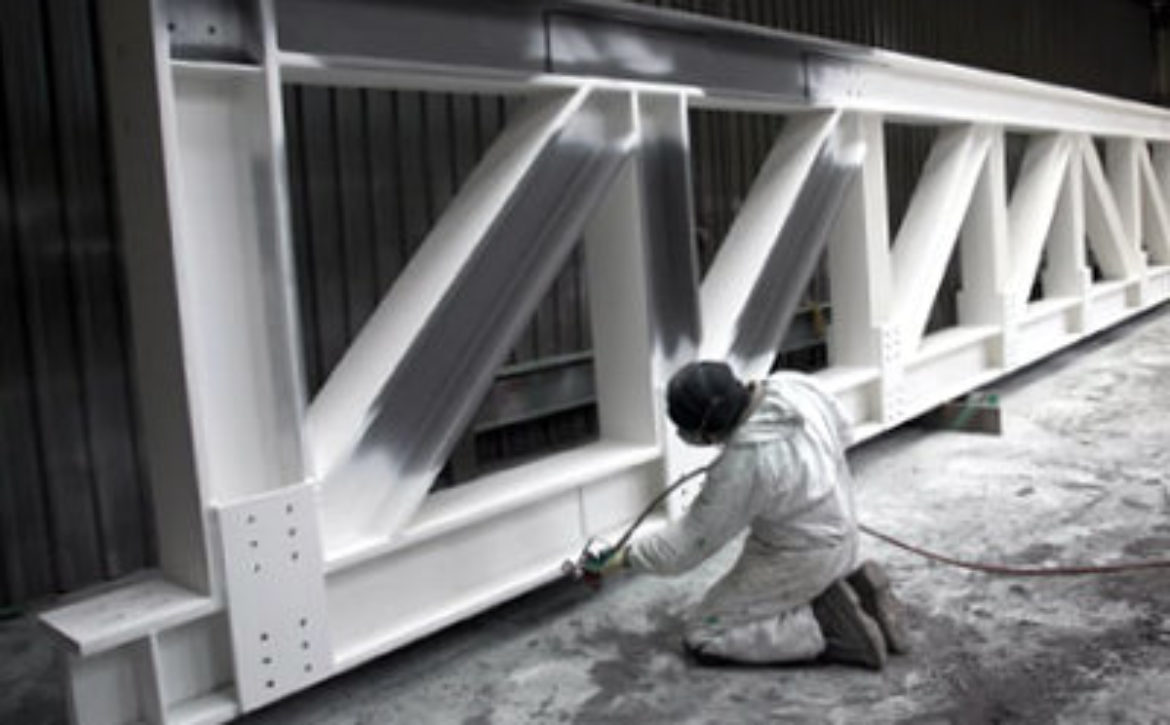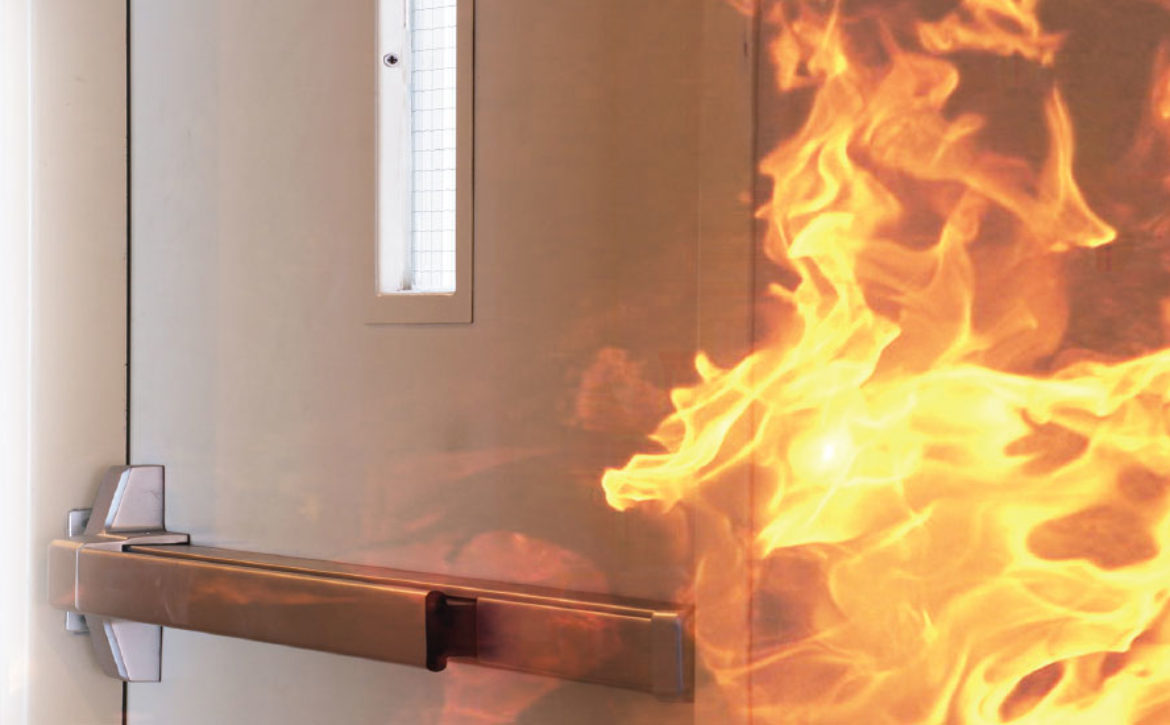STRUCTURAL FIRE PROTECTION. INTUMESCENT PAINTS AND COATINGS
Intumescent coatings provide an appearance that is comparable to paint. However, in a fire situation the temperature increase causes a chemical reaction causing the intumescent coating to expand. Intumescent coating acts to protect steelwork by insulating the steel, preventing the temperature of the steel reaching such a critical heat that it causes structural failure – this is usually above 600*C.
Fire protection of a building’s structural skeleton is a fundamental factor in ensuring an effective fire strategy for any building project. Failure to do so can easily result in the catastrophic collapse of a building during a fire.
Intumescent paint/coating solutions can provide as much as 120 mins fire protection to structural steel and are readily available in water and solvent based applications depending on the application.
The paints/coatings may be applied by airless spray, roller and brush and are available with a range of topcoats to most RAL colours so that the design team can accomplish their artistic needs whilst meeting the fire protection requirement.
The steel structure characteristics define the fire protection solutions to be used. ‘Heavier’ steel requires less fire defence compared to ‘lighter’ steel to achieve the same level of protection when exposed to the same amount of fire. Therefore the thickness of paint/coating to be applied is a critical factor in using this particular system of passive fire protection strategy.


